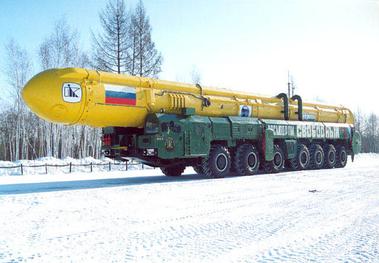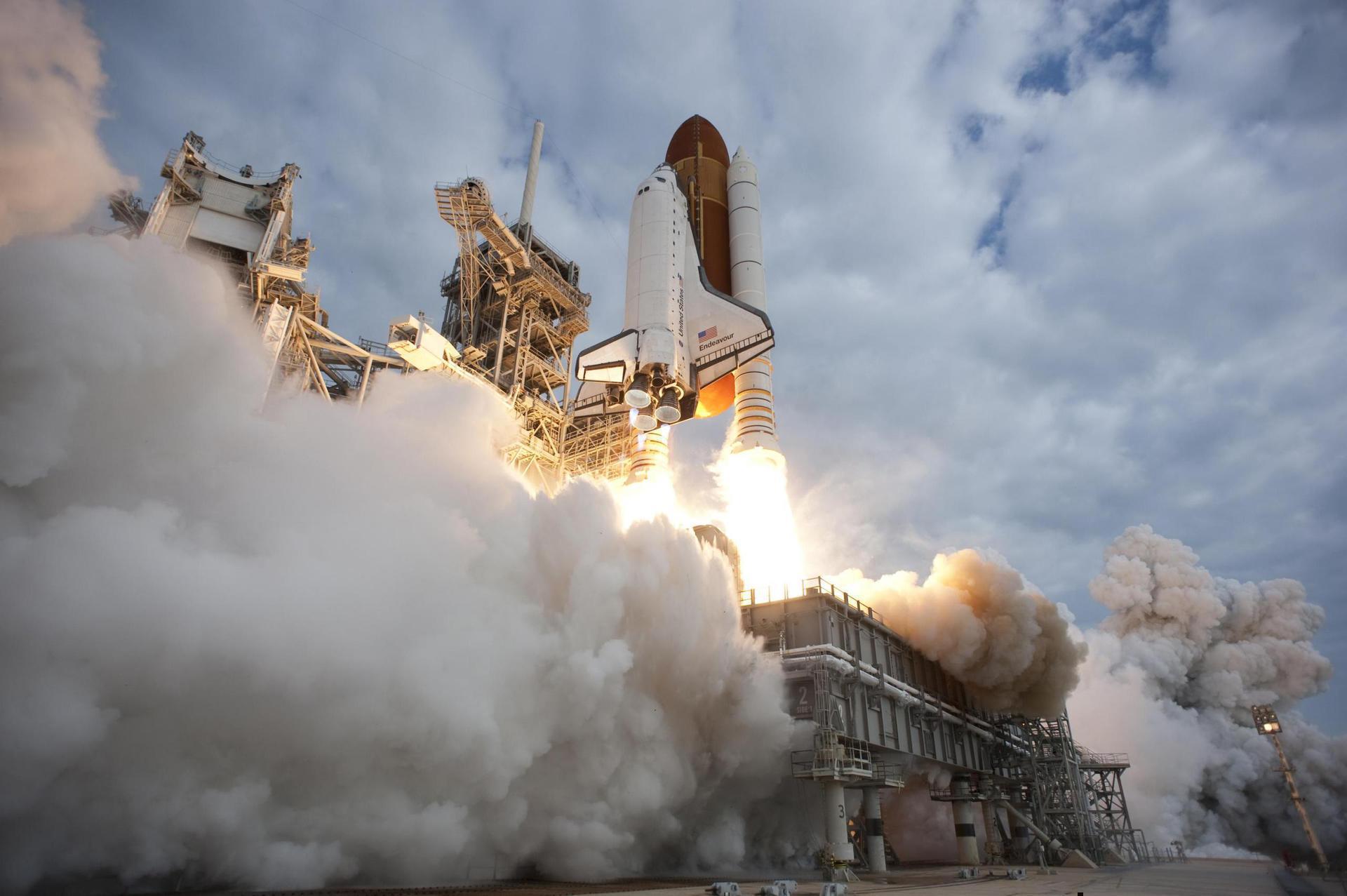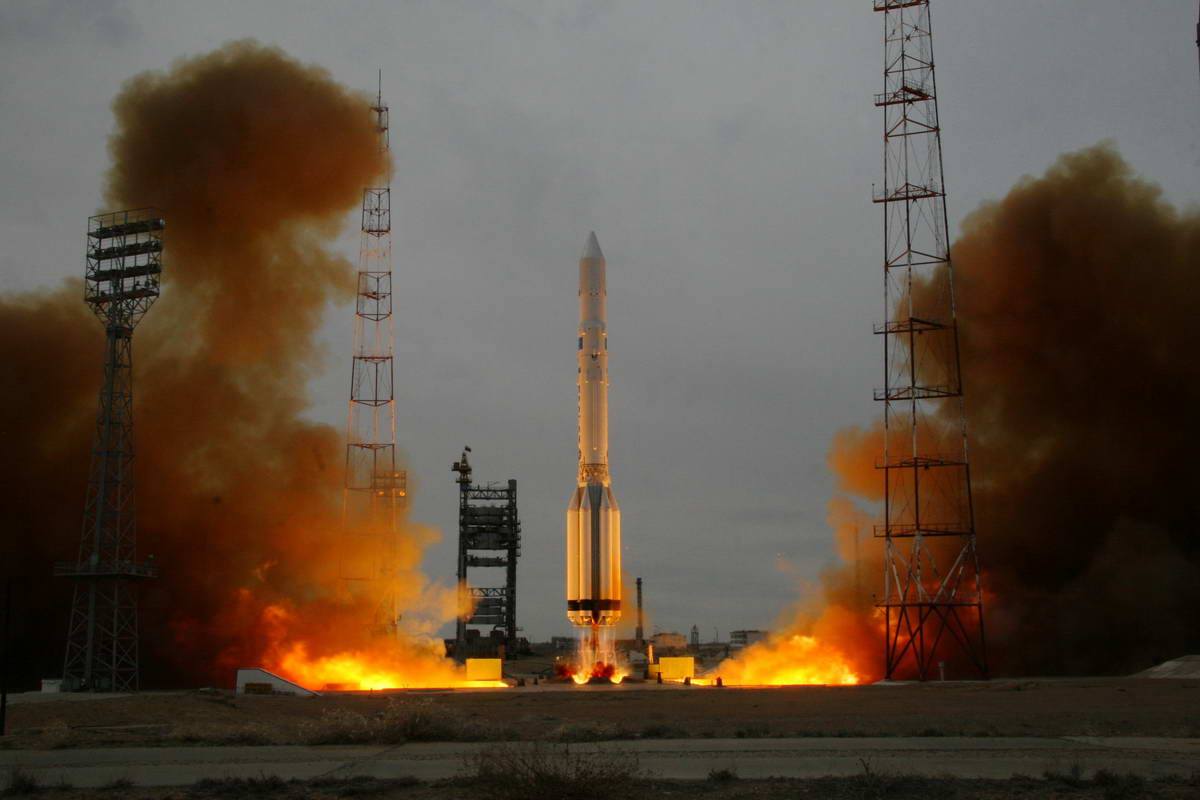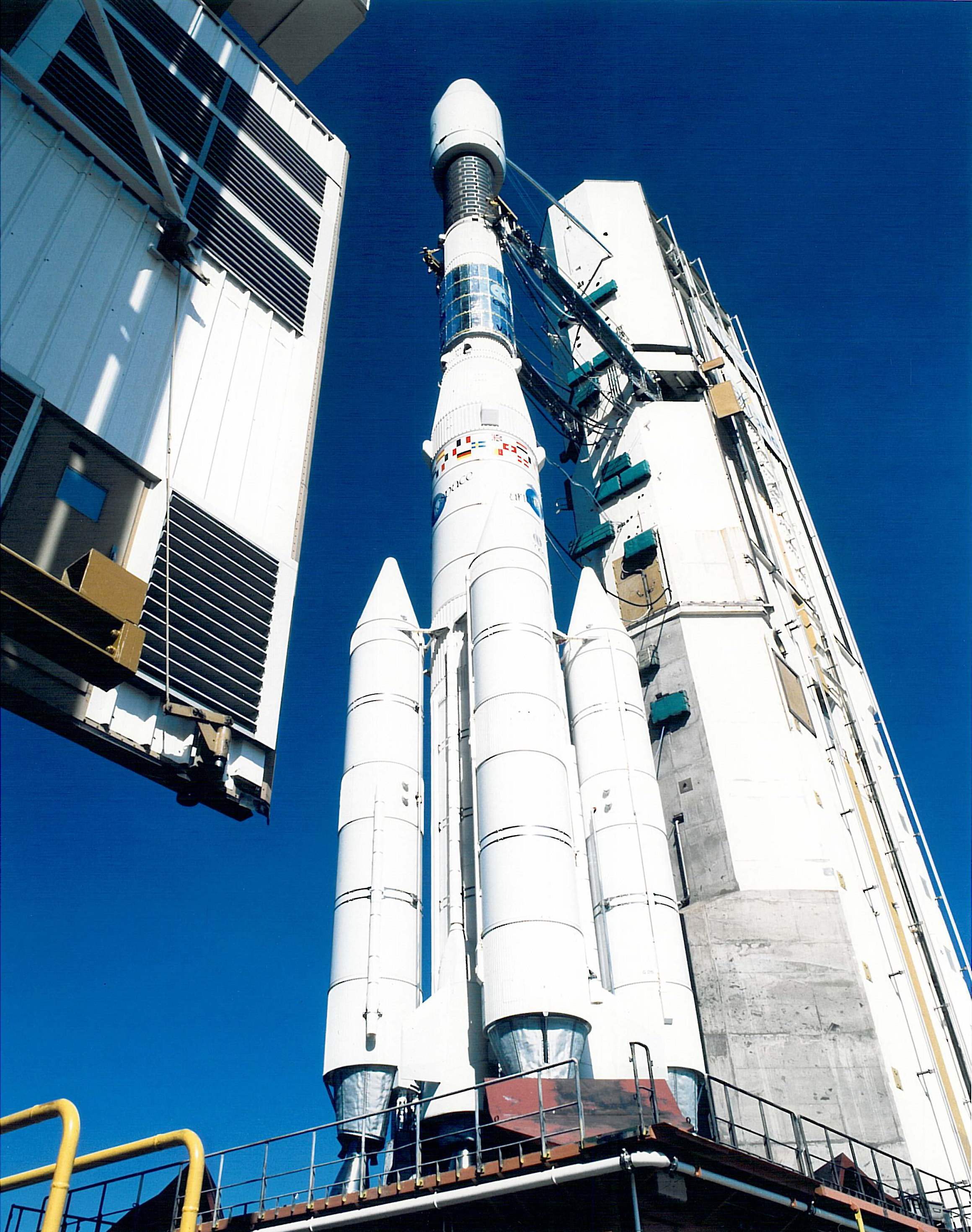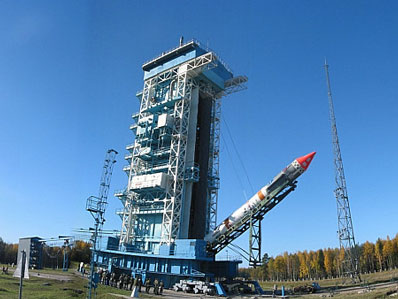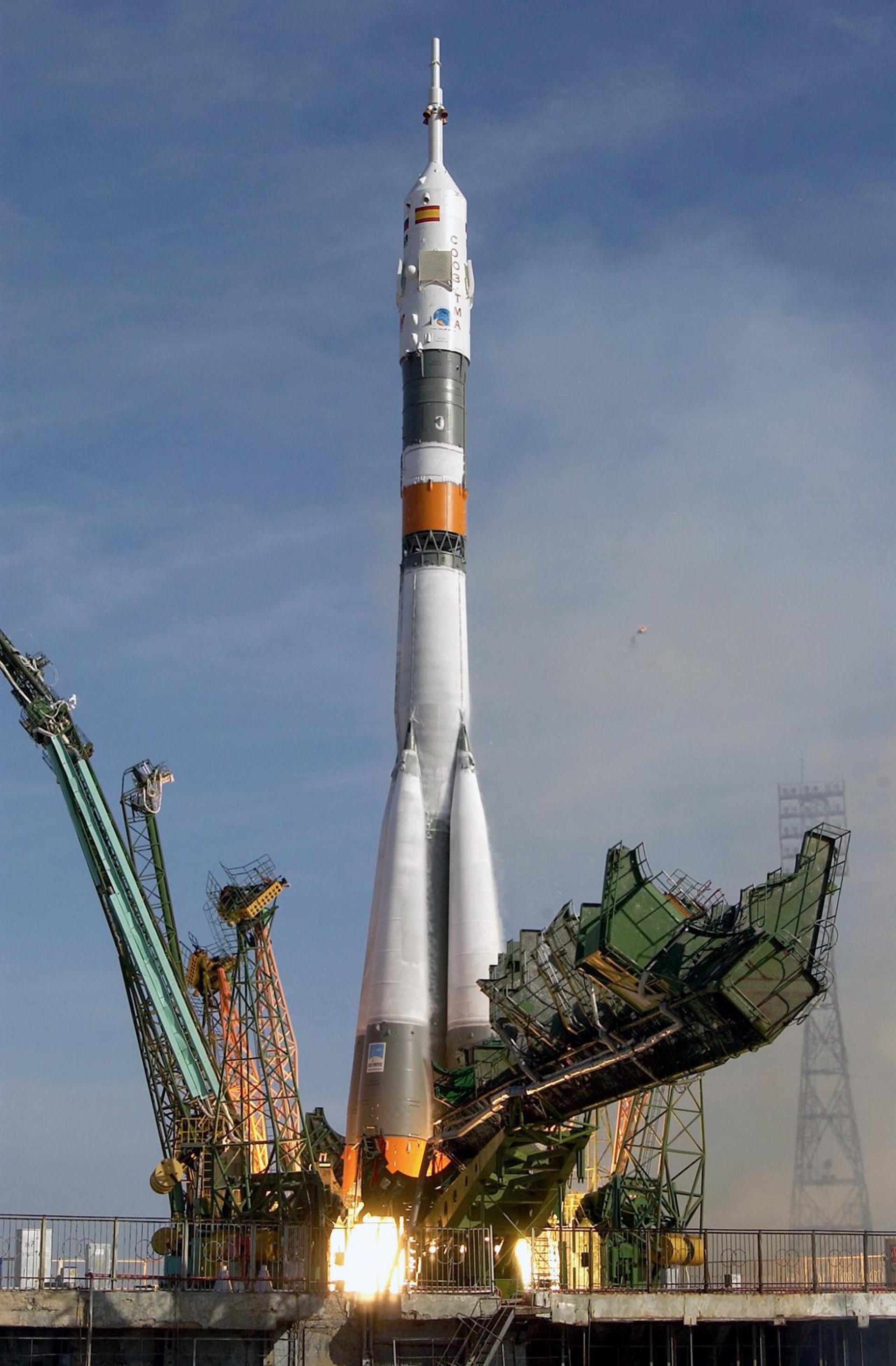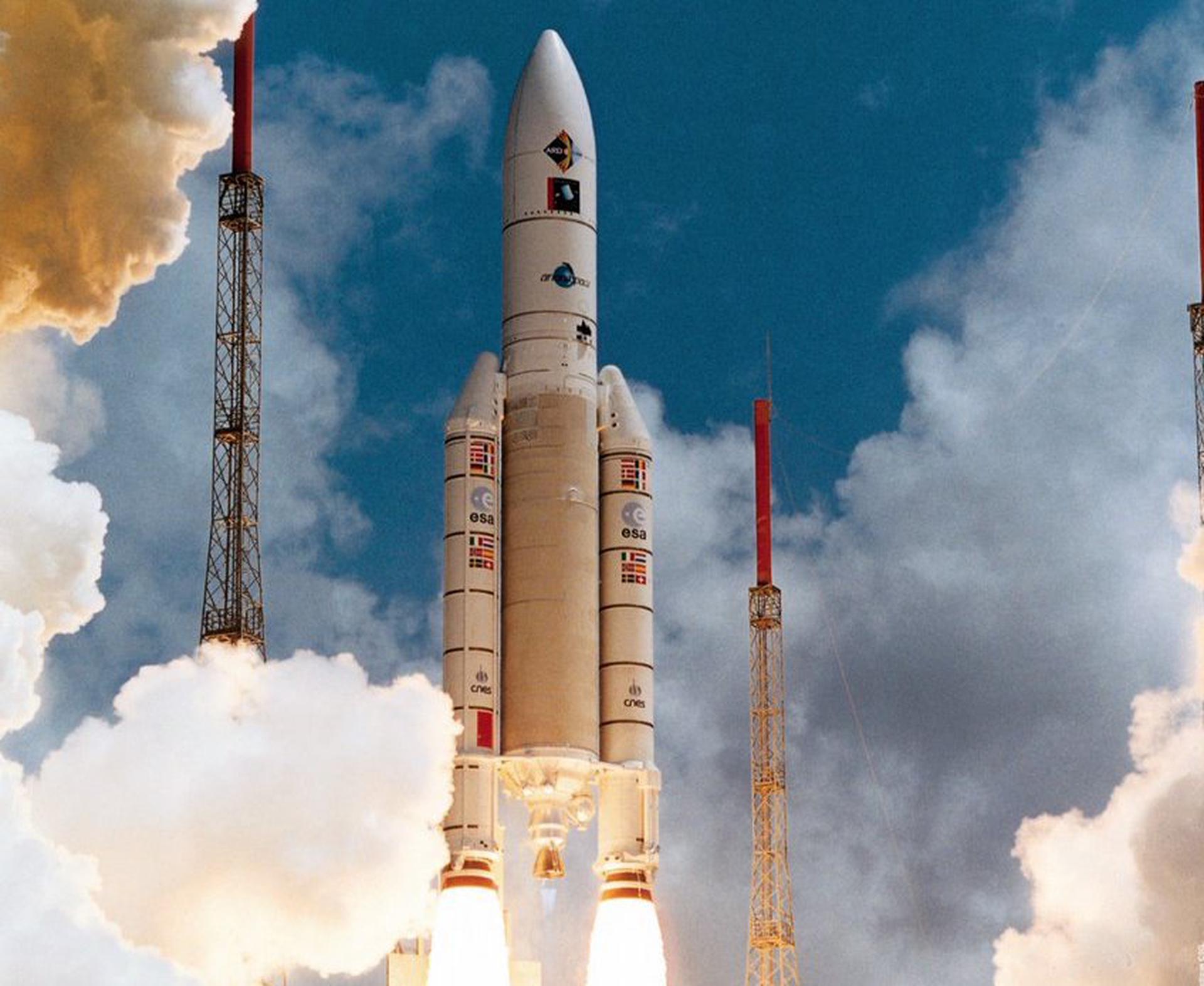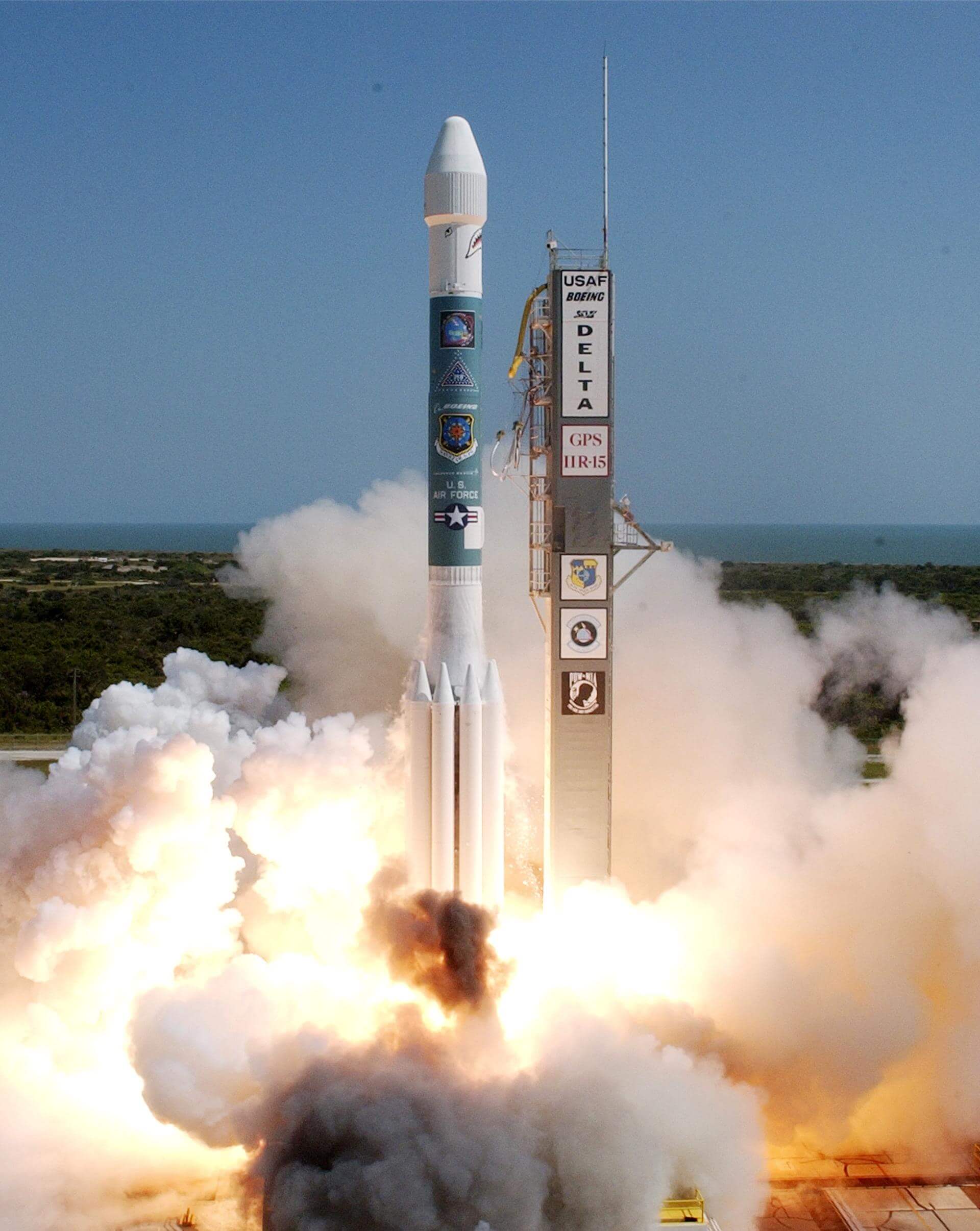Previous Spaceflight Launches
Filter by Agency, Locations or Vehicles
Show All LaunchesStart-1 | EROS A1
Moscow Institute of Thermal Technology | RussiaSvobodny Cosmodrome, Russian Federation
Dec. 5, 2000, 12:32 p.m.
Space Shuttle Endeavour / OV-105 | STS-97
National Aeronautics and Space Administration | United States of AmericaKennedy Space Center, FL, USA
Dec. 1, 2000, 3:06 a.m.
Status: Launch Successful
Mission:
STS-97 was a Space Shuttle mission to the International Space Station (ISS) flown by Space Shuttle Endeavour. The crew installed the first set of solar arrays to the ISS, prepared a docking port for arrival of the Destiny Laboratory Module, and delivered supplies for the station's crew.
Low Earth OrbitProton-K/DM-2M | Sirius FM-3
Khrunichev State Research and Production Space Center | RussiaBaikonur Cosmodrome, Republic of Kazakhstan
Nov. 30, 2000, 7:59 p.m.
Ariane 44L | Anik F1
Aérospatiale | FranceGuiana Space Centre, French Guiana
Nov. 21, 2000, 11:56 p.m.
Status: Launch Successful
Mission:
Anik F1 is a Canadian communications satellite, which was ordered in March 1998. It is based on Boeing's BSS-702 model. The satellite carries 84 active transponders: 36 in C-band and 48 in Ku-band. The spacecraft provides general telecommunications services for North and South America. The satellite was designed for an end-of-life power of 16 kW. Anik F1 was launched in late 2000 on an Ariane-44L H10-3 rocket.
Geostationary OrbitDelta II | EO 1 & SAC C
United Launch Alliance | United States of AmericaVandenberg SFB, CA, USA
Nov. 21, 2000, 6:24 p.m.
Kosmos-3M | QuickBird 1
Russian Space Forces | RussiaPlesetsk Cosmodrome, Russian Federation
Nov. 20, 2000, 11 p.m.
Status: Launch Failure
Mission:
The QuickBird satellites were commercial Earth imaging satellites with 1 m to 61 cm resolution owned by EarthWatch, later DigitalGlobe. QuickBird 1 launched on a Kosmos-3M from Plesetsk, but was lost due to launch vehicle failure, when the vehicle failed to circularize its orbit. It reentered still attached to the upper stage.
Low Earth OrbitSoyuz U | Progress M1-4
Russian Federal Space Agency (ROSCOSMOS) | RussiaBaikonur Cosmodrome, Republic of Kazakhstan
Nov. 16, 2000, 1:32 a.m.
Ariane 5 G | PAS-1R, Amsat P3D, STRV 1C, STRV 1D
ArianeGroup | FranceGuiana Space Centre, French Guiana
Nov. 16, 2000, 1:07 a.m.
Status: Launch Successful
Mission:
PAS-1R a commications satellite located at 40 degrees west, serving the Americas, the Caribbean, Europe and Africa, operated by PanAmSat. Amsat P3D was an amateur radio satellite built and operated by AmSat. STRV was a series of four satellites operated by the UK MoD, intended to test new technologies, two were launched on this vehicle.
Geostationary Transfer OrbitDelta II | GPS IIR-6
United Launch Alliance | United States of AmericaCape Canaveral SFS, FL, USA
Nov. 10, 2000, 5:14 p.m.
Soyuz-U | Soyuz TM-31
Russian Federal Space Agency (ROSCOSMOS) | RussiaBaikonur Cosmodrome, Republic of Kazakhstan
Oct. 31, 2000, 7:52 a.m.
Status: Launch Successful
Mission:
Soyuz TM-31 began Expedition 1 by carrying 3 cosmonauts and astronauts to the International Space Station. Russian Commander, cosmonaut Yuri Gidzenko alongside Flight Engineer, Sergei Krikalev and Flight Engineer/Spaceflight Participant William Shepherd launched aboard the Soyuz spacecraft on October 31, 2000, 07:52:47 UTC. They docked with the station two days later. During their stay there, crew performed first maintenance and repair works, carried out first experiments and conducted several EVAs. They were also visited by several Progress resupply spacecrafts and STS-97 and STS-98 crews, and welcomed aboart STS-102 with the next expedition crew. Expedition 1 returned with STS-102, landing safely back on Earth on 21 March 2001, 07:33:06 UTC.
Low Earth Orbit